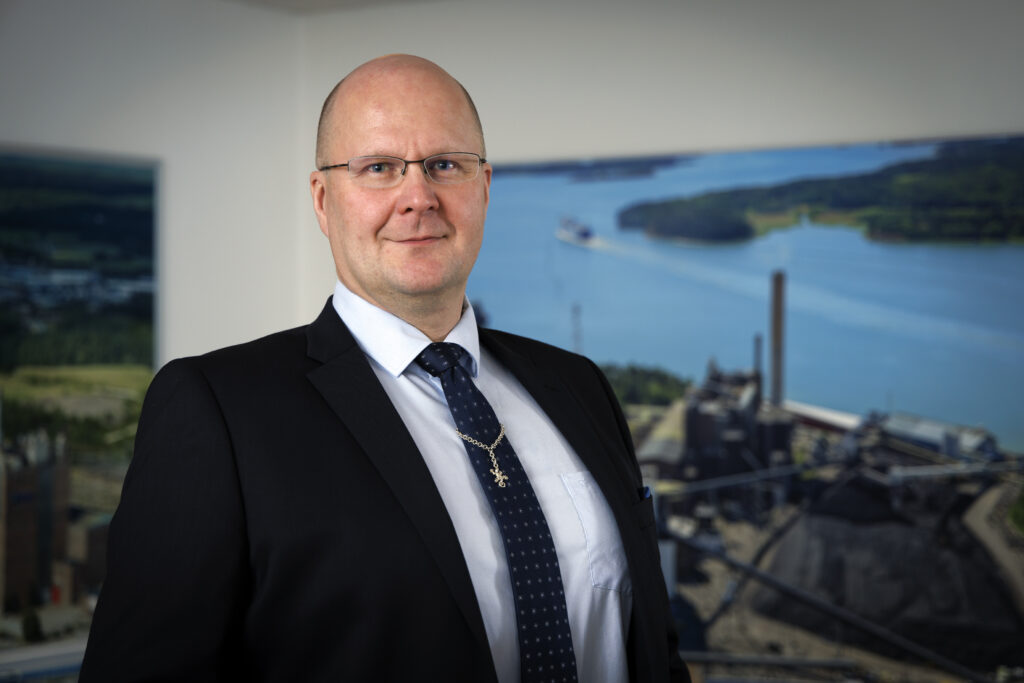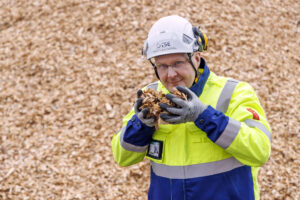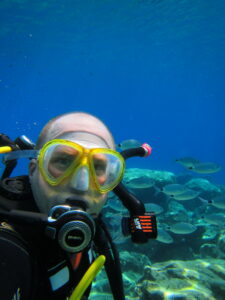CEO Introduction of Pertti Sundberg, Managing Director of Turun Seudun Energiantuotanto Oy
 Photo: Turun Seudun Energiantuotanto Oy.
Pertti Sundberg, Managing Director of Turun Seudun Energiantuotanto Oy.
Photo: Turun Seudun Energiantuotanto Oy.
Pertti Sundberg, Managing Director of Turun Seudun Energiantuotanto Oy.
Pertti Sundberg (M.Sc. (Tech.)/Mechanical Engineering, Helsinki University of Technology) was appointed the new Managing Director of Turun Seudun Energiantuotanto Oy (TSE) from the beginning of the year. He has worked in the energy industry throughout his long career.
Over the years, he has accumulated diverse work experience in boiler and turbine technologies as well as designing and consultation in the industry.
Pertti lives with his wife, two children and two cats in Uusimaa province for now, and the family is currently looking for a new home near Naantali in a place with good public transport services. His greatest sources of joy include spending weekends with his family.
Pertti’s strength in the role of a director is firmness, and his biggest vice is good red wine. Pertti’s favourite food is a big steak, served medium rare minus.
How long have you worked in the energy industry? When did you start work at Turun Seudun Energiantuotanto Oy?
I have worked in the energy industry throughout my career. I started working at a power plant already during my second year of studies in the university, when I got place as a summer trainee at Helsingin Energia’s turbine workshop, and after that I worked in boiler and turbine technology. I am also very familiar with the designing and consultation activities within the energy industry.
I started in Turun Seudun Energiantuotanto Oy in October last year as Operations Director when the previous Managing Director left the company for new challenges. The plan was for me to hold the post until the new Managing Director is elected. I started as the Managing Director of Turun Seudun Energiantuotanto on 1 January 2023.
Your education and work experience? Where did you work before coming to Naantali?
My education is Master of Science (Technology) in Mechanical Engineering. I graduated from the Helsinki University of Technology in 1998.
After graduation I went to work at Fortum as process designer of power plants. I have designed the piping and instrumentation diagrams and process descriptions for two combined cycle gas turbine (CCGT) plants, as well as participating in the introduction of the plants and training the operating staff.
After that I have sold large and small boiler plants for power plants, steam turbines and maintenance services thereof, as well as heading up energy business in a large energy industry consultation company.I transferred to Turun Seudun Energiantuotanto Oy from Fortum’s Turbine and Generator Services.
”In addition to technical limitations, increasing the share of biofuels is made difficult by the availability of Finnish biofuels in Southwest Finland where the demand exceeds supply. We also have to lean on the Port of Naantali to get the biofuel we need” – says Pertti Sundberg.
Turun Seudun Energiantuotanto Oy (TSE) implemented a new investment which allows for the use of Solid Recovered Fuel (SRF) in energy production instead of coal.
How much have you been able to decrease or will be able to decrease future carbon dioxide emissions as a result of the new investment by switching to use recovered fuels? What kind of products are they?
We have been forced to use coal as well for now, but TSE aims at getting rid of the coal use by increasing the share of biofuels further, improving the operational reliability of the Solid Recovered Fuel (SRF) system, and restarting the use of asphaltene.
To increase the use of biofuels, the boiler has been modified over the years to make it better suited to biofuels. At present, we can already generate 100% biofuel power with partial loads, but are not yet able to generate over 80% biofuel share with a full load.
In addition to technical limitations, increasing the share of biofuels is made difficult by the availability of Finnish biofuels in Southwest Finland where the demand exceeds supply. We also have to lean on the Port of Naantali to get the biofuel we need.
Moreover, there is scarcity on the market of recovered fuels which will be made even more challenging by the recycling obligations of plastic imposed on industry and trade. With that challenge, too, we are resorting to imports of SRF through the Port of Naantali.
Asphaltene is a by-product of oil refining, and the manufacturer has had problems with its production for several years. We hope that the refinery will get the process up and running soon, so that we can have the fuel we need.
TSE still aims at discontinuing the use of coal in unit four in Naantali as soon as possible, once the problems not attributable to us have been solved.
How has the global geopolitical situation affected and been visible at Turun Seudun Energiantuotanto?
Russia’s invasion of Ukraine was visible in TSE’s range of fuels almost immediately as difficulty in obtaining fuels.
The boilers of the Naantali power plant were dimensioned for Russian coal, and the switch to coal mined elsewhere caused trouble with the emissions of the plant.
Previously, a significant share of imported timber to Finland and the Baltic states came from Russia – and when the imports stopped, TSE had to compete on the smaller biofuel markets also with players that had previously used mostly Russian imported timber. Unfortunately that was of course manifested as poorer availability and higher prices.
What is the role of sea transports in terms of emergency supply and also sustainable development?
Sea transports carry the coal that acts as the emergency supply fuel for TSE. After Russia’s invasion of Ukraine, coal has been imported, for example, from Australia, North America, and South America.
In addition, sea transports are used to secure the sufficiency of wood-based fuels, as there is not enough wood-based fuels available in Southwest Finland to respond to Turun Seudun Energiantuotanto’s demand. Wood-based fuels carried by sea include wood chips, bark, and sawdust, though they are pressed into briquettes.

”In addition to technical limitations, increasing the share of biofuels is made difficult by the availability of Finnish biofuels in Southwest Finland where the demand exceeds supply. We also have to lean on the Port of Naantali to get the biofuel we need” – says Pertti Sundberg.
Recently, wood-based fuels have arrived in Naantali by sea from the Baltic states, Sweden and the Åland islands – but also from Oulu – accounting for approximately one-third of the wood-based fuels used by the Naantali power plant.
What are your leisure activities and what kind of a role does leisure time play for you?
At leisure I balance the hectic working pace – I enjoy swimming; counting the tiles at the bottom of the pool takes the mind effectively away from the hectic business matters. Luckily my daughter does finswimming at national championship level and trains in the pool up to five times a week, so when I take her to the swimming pool I sometimes do a few pool lengths myself.

I have also completed AOWD (Advanced Open Water Diver) certificate and have taken around fifty dives, mainly in the crystal clear and pleasantly warm waters of the Mediterranean together with my daughter – in Finland I have only done one dive in a lake says Pertti Sundberg.
What do you dream of?
At present my dream is very practical – I wish we could sell our home in Vantaa and find a beautiful stone house with an open-plan kitchen and a garage for two cars located near Naantali in a place with good public transport services to which my family and I could move next summer.
I’m happy to receive tips on houses, if any of the readers is just thinking of selling a house like that…
Interviewer Tarja Siekkinen
